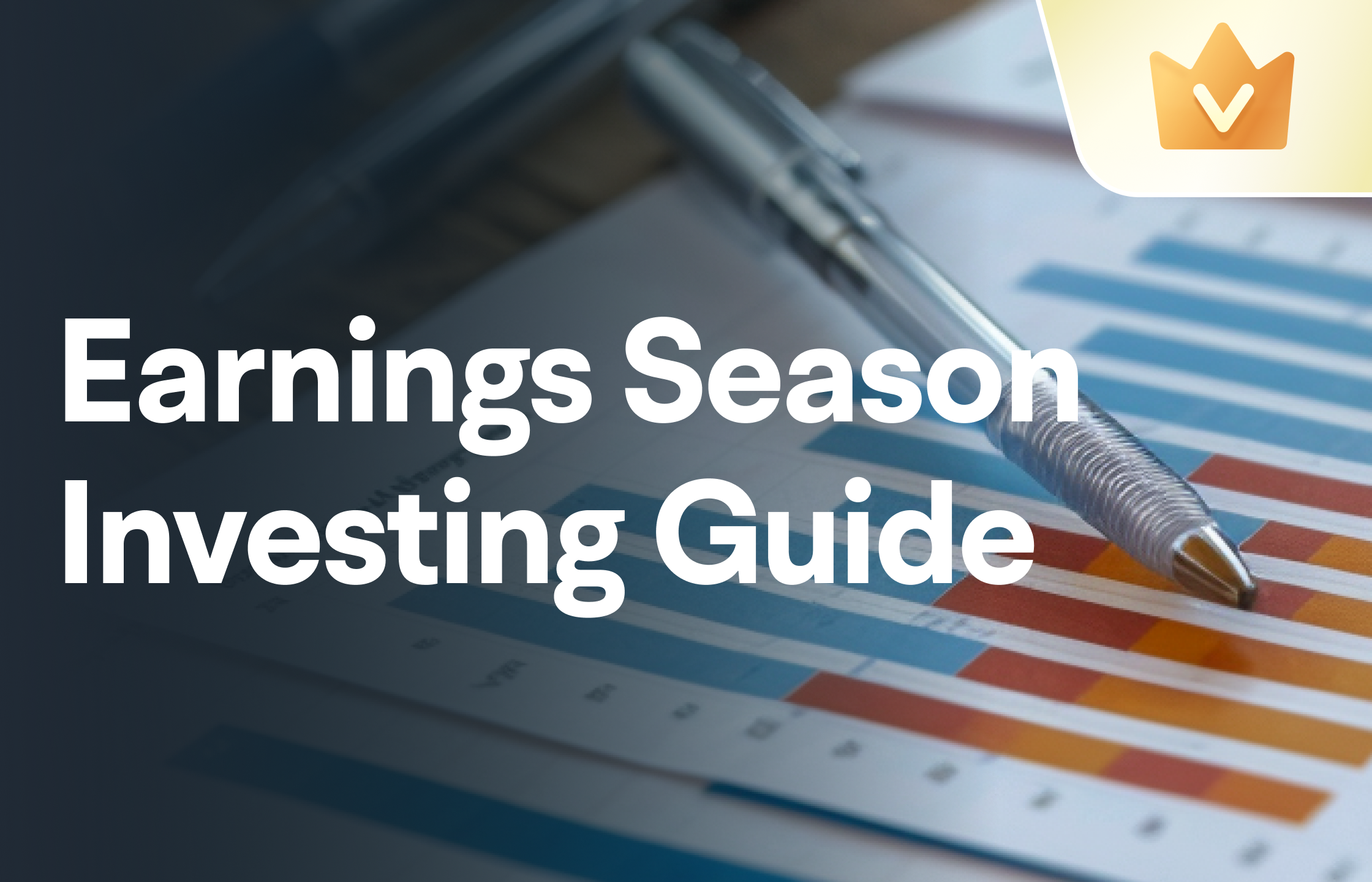The comeback of "50 cents" traders and a rise in demand for short-term hedge volatility seem to herald big volatility in the market.
The "50 Cent" traders who caused a sensation in the US stock options market in 2018 are betting on a sharp rise in market volatility. JPMorgan Chase & Co strategist Marko Kolanovic also said that the explosive rise in short-term options is creating event risk, which is comparable to the volatility jump in the stock market in early 2018.
"50 cents" traders make a comeback
The "50 Cent" traders who caused a sensation in the US stock options market in 2018 returned with another big bet on stock market volatility. In one trade on Tuesday night, investors bought 100000 bullish contracts worth $5 million at 50 cents each, betting that the VIX volatility index would soar to 50 in May; 50, 000 of the same contracts at 51 cents were snapped up on Wednesday, with a total value of $2.6 million.
 These trades remind Wall Street of the days when one or more mysterious traders repeatedly bought volatility call options at or near that price, earning them the nickname "50 cents"-the same name as the rapper Curtis Jackson's stage name "50 Cent". "this is a considerable purchase," said Alon Rosin, head of equity derivatives at Oppenheimer. In places where people pay attention, its success is remarkable. " It is estimated that this strategy generated nearly $200m in profits from early 2017 to February 2018, when the long-term calm in the market was broken by subsequent wild swings.
These trades remind Wall Street of the days when one or more mysterious traders repeatedly bought volatility call options at or near that price, earning them the nickname "50 cents"-the same name as the rapper Curtis Jackson's stage name "50 Cent". "this is a considerable purchase," said Alon Rosin, head of equity derivatives at Oppenheimer. In places where people pay attention, its success is remarkable. " It is estimated that this strategy generated nearly $200m in profits from early 2017 to February 2018, when the long-term calm in the market was broken by subsequent wild swings.
Before the apparent return of "50 cents" traders, the VIX was used to hedge against a poor year of share price volatility.$Cboe VIX Tail Hedge Index (.VXTH.US)$It shows that a popular protective trade buying volatility call options not only failed to hedge against 2022 losses, but also caused additional losses in many cases; the index fell 26 per cent in 2022, while the s & p 500 fell 19 per cent over the same period.

At present,$CBOE Volatility S&P 500 Index (.VIX.US)$Hovering around 18, near an one-year low, there is growing expectation that the strategy of hedging volatility may start to work again. "I have noticed that whenever market volatility reaches a certain level, these traders think it is a good price and worth entering, thinking that as long as there is an event or a panic, it will give him a chance to make money," Rosin said.

There are signs that the demand for risk aversion in the volatility market is rising. On Wednesday, a trader bought 100000 VIX call options that expire in June-buying 30 per cent of the strike price while selling 40 per cent of the strike price to secure funds.
"these investors may not be confident of a stock market crash in the second half of the year, but they may be increasing their exposure and think the VIX volatility index is at an attractive level compared with other hedging instruments," said Chris Murphy, co-head of derivatives strategy at Susquehanna International Group.
A repeat of "the end of volatility"?
Marko Kolanovic, a strategist at JPMorgan Chase & Co, said the explosive rise in short-term options was creating event risk, which he called the "Volmageddon2.0" risk on a scale comparable to the stock market's jump in volatility in early 2018.
The event, known as Volmageddon, sparked market turmoil five years ago and forced the closure of an exchange-traded product that focuses mainly on volatility. The top strategist said the recent surge in zero-day maturity options, known as 0DTE in industry jargon, could also trigger market turmoil. His team estimates that the nominal daily trading volume of such short-term options is about $1 trillion.

"although history does not repeat itself, it tends to rhyme," Kolanovic wrote in a note to clients. " The "volatility Armageddon" event of February 2018 is one of the more famous examples of the dynamic impact of derivatives markets on their underlying assets, in this case stocks. The culprit is XIV, a derivative designed to pay investors the opposite of stock volatility. When the stock market turmoil intensified in early February 2018, it triggered a snowball effect, eventually causing many of these strategies to quickly become worthless, causing the S & P 500 to plunge 10 per cent in two weeks.
Now, Kolanovic has issued perhaps the loudest warning about 0DTE options, and the explosive growth of 0DTE options since mid-2022 is often accused of magnifying volatility in underlying assets. The S & P 500 futures fluctuated sharply after Tuesday's inflation report, and any attempt to figure out the market's collective view of the economy was futile.
The strategist warned that if the market fluctuated sharply, turning these contracts into real returns, that would force options traders to liquidate a large number of positions. His model shows that such an intraday sell-off could reach $30 billion on a day of sharp decline. "given the current illiquid environment, these capital movements are likely to have a particularly big impact on the market," he wrote. "
According to data compiled by Goldman Sachs Group Group, 0DTE options accounted for more than 40 per cent of total trading volume in the S & P 500 in the second half of 2022, almost double what it was six months ago.
Edit / phoebe

 这些交易让华尔街回想起过去的日子,当时一位或多名神秘的交易员多次以或接近该价格买入波动率看涨期权,他们获得了“50美分”的绰号——与饶舌歌手Curtis Jackson的艺名“50 Cent”同名。Oppenheimer机构股票衍生品主管Alon Rosin称:“这是一笔相当大的购买。在人们关注的地方,其成功引人注目。”据估计,从2017年初到2018年2月,这种策略共创造了近2亿美元的利润,当时市场长期的平静被后来的剧烈波动打破。
这些交易让华尔街回想起过去的日子,当时一位或多名神秘的交易员多次以或接近该价格买入波动率看涨期权,他们获得了“50美分”的绰号——与饶舌歌手Curtis Jackson的艺名“50 Cent”同名。Oppenheimer机构股票衍生品主管Alon Rosin称:“这是一笔相当大的购买。在人们关注的地方,其成功引人注目。”据估计,从2017年初到2018年2月,这种策略共创造了近2亿美元的利润,当时市场长期的平静被后来的剧烈波动打破。